AC Travels
Had an opportunity to visit several museums and battlefields museums and battlefields which gave us an opportunity to see just how horrendous World War 1 really was for most of the troops. We started out by visiting the highest mountain in the Somme Valley, a mighty 105 metres high. From here we could see the meandering of the Somme and many islands. In the distance we could see how relatively flat the rest of the valley was and how difficult it would have been for troops to have advanced without major casualties.
From here we went to Peronne where went to a museum which had
Ann Watkins
17 chapters
Chapter 7 -Some WW1 battlefields
April 30, 2015
|
Somme Valley
Had an opportunity to visit several museums and battlefields museums and battlefields which gave us an opportunity to see just how horrendous World War 1 really was for most of the troops. We started out by visiting the highest mountain in the Somme Valley, a mighty 105 metres high. From here we could see the meandering of the Somme and many islands. In the distance we could see how relatively flat the rest of the valley was and how difficult it would have been for troops to have advanced without major casualties.
From here we went to Peronne where went to a museum which had
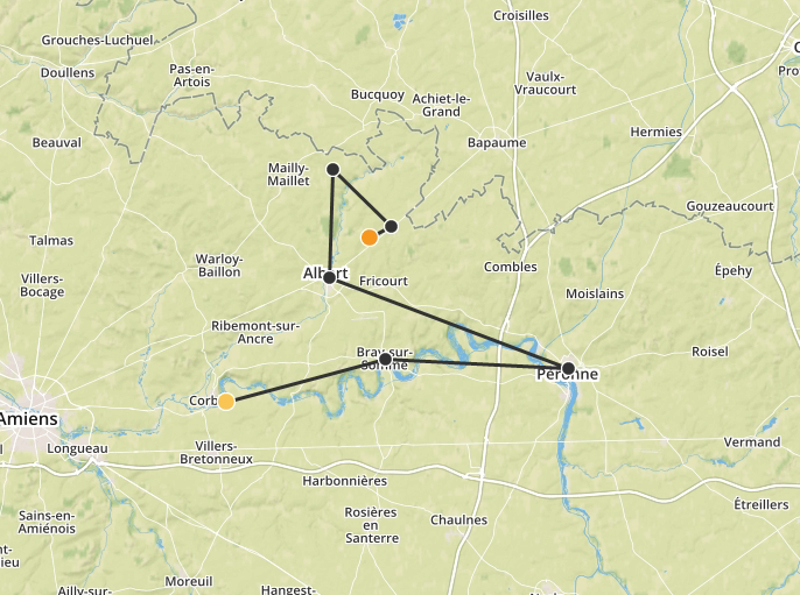
displays of artefacts descibing the social milieu before, during and after the war. Included were the ways in which uniforms, weaponry and societal attitudes in France, and to a lesser extent Britain, changed during the war.
Next stop was Albert for yet another museum. This one was in a series of tunnels under the centre of the town. This helped us gain a little more insight into some of the problems that soldiers of both sides faced in the trenches. It would have probably appealed more to people with children because there were lots of explanations and things for kids to do along the way.
We then took a slightly roundabout journey to the Newfoundland Memorial at Beaumont-Hamel, where we met David and Regine. David knows a lot about the battle of the Somme and some of its battlefields. This memorial looks like an empty field from a distance, but as we got closer, we could see that the trenches had been preserved. It is still possible to see the three lines of Newfoundland trenches and no man's land, where what is left of the "Danger tree" still stands. Further down the hill we came to the German trenches. These were much deeper (the Germans had been there for quite some time before the Newfoundlanders got there) and offered much greater protection. The area is still highly dangerous due to unexploded, live ordnance that exists in the area.
Our next stop was a brief visit to the Ulster Memorial on the way to Thiepval. This actually looked like it needed Rapunzel there to finish
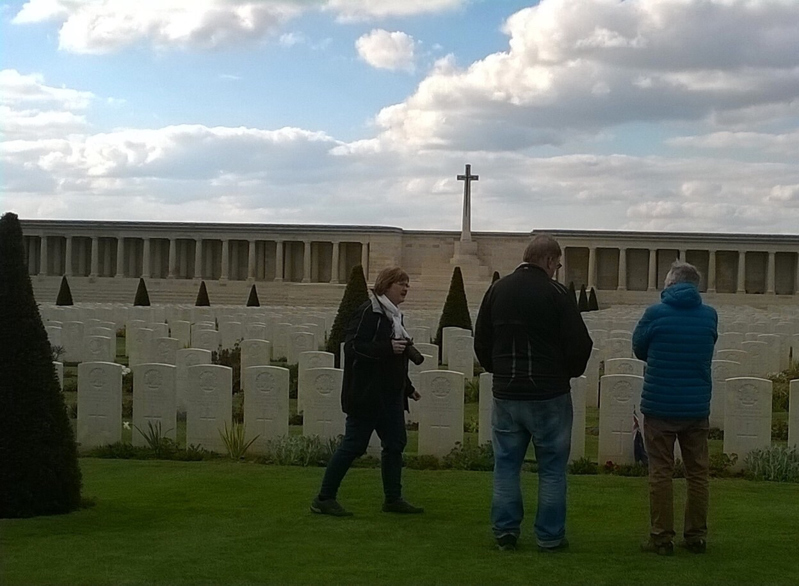
it off.
The British Memorial was next. This imposing structure, one of several of the same design, has the names of 72000 soldiers from the British Army with no known graves. (I found a group of five men with the surname Watkins in one section, and several others that had one or two Watkins soldiers listed.) In comparison, the Australian Memorial at Villers Bretonneux has 11000 names on it. Over 90% of the soldiers died between July 1st and November 1916.
As we drove around this area we saw signs pointing to many cemeteries. Even though we had been to Villers-Bretonneux and a couple of other cemeteries, I don't think we were prepared for the walled Australian cemetery on the road after Thiepval. Row after row of headstones, mostly Australian, some British and Canadian, but a significant number of "Known unto God" inscriptions in an immaculately maintained environment.
After the sombre tone of the rest of the tour, we were taken to see the crater left by a mine at La Boiselle which had been put in place by British miners under the German lines. It must have been some explosion, as the crater is 80m in diameter and about 20m deep.
We would like David and Regine for their time in showing us places we wouldn't have been able to find by ourselves. Regine's grandson, Milo, also needs a special mention for his untiring efforts to enjoy all aspects of the trip in his own three year od, free spirited way.
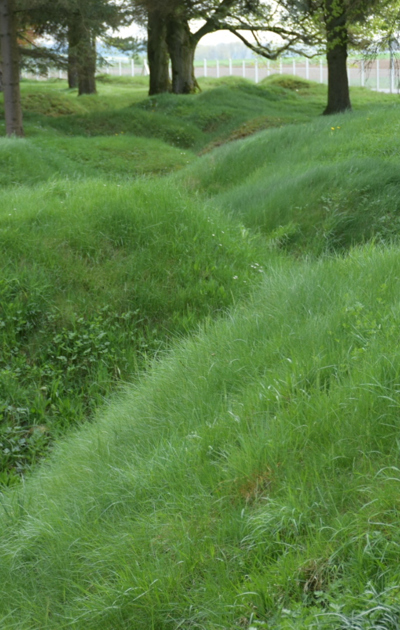
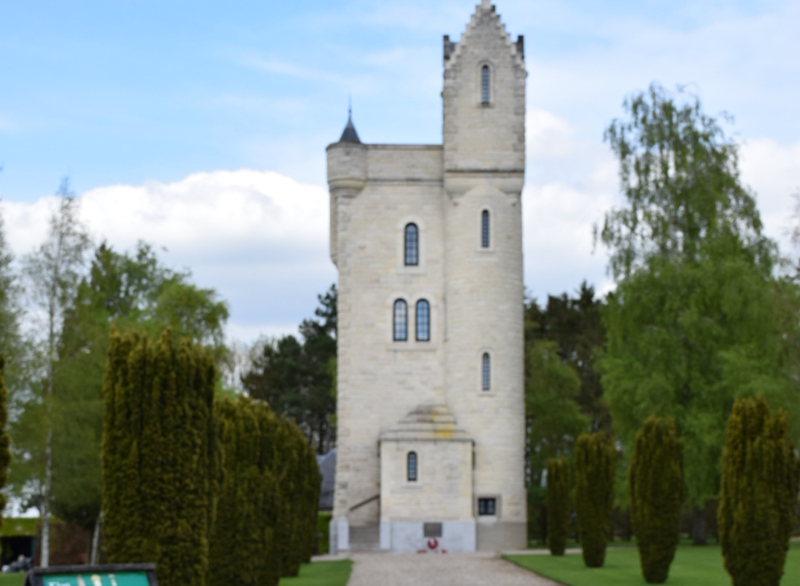
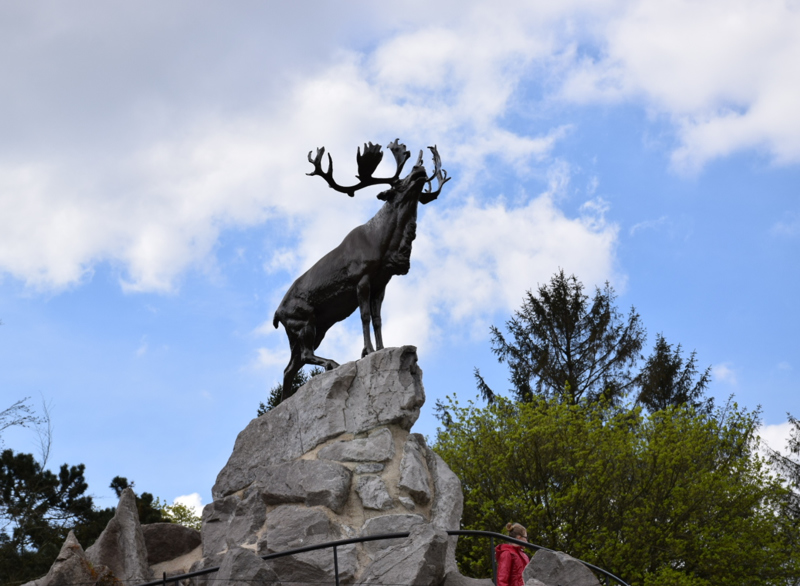
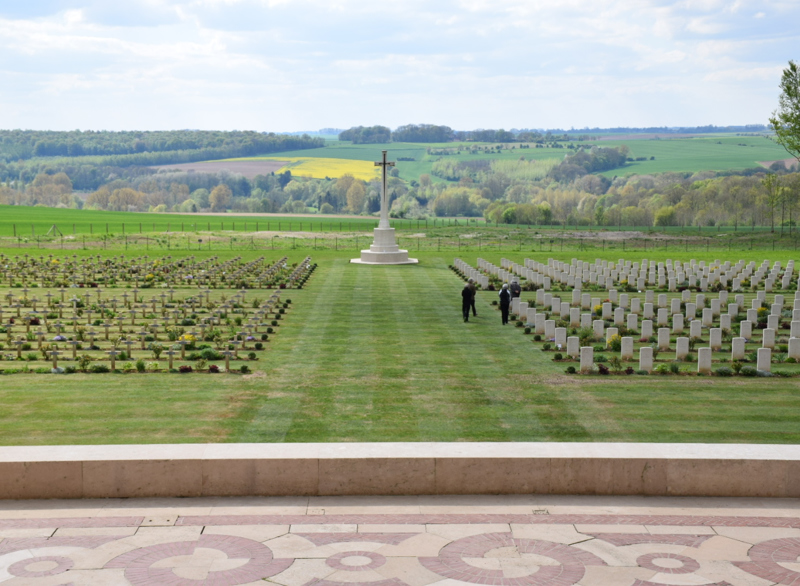
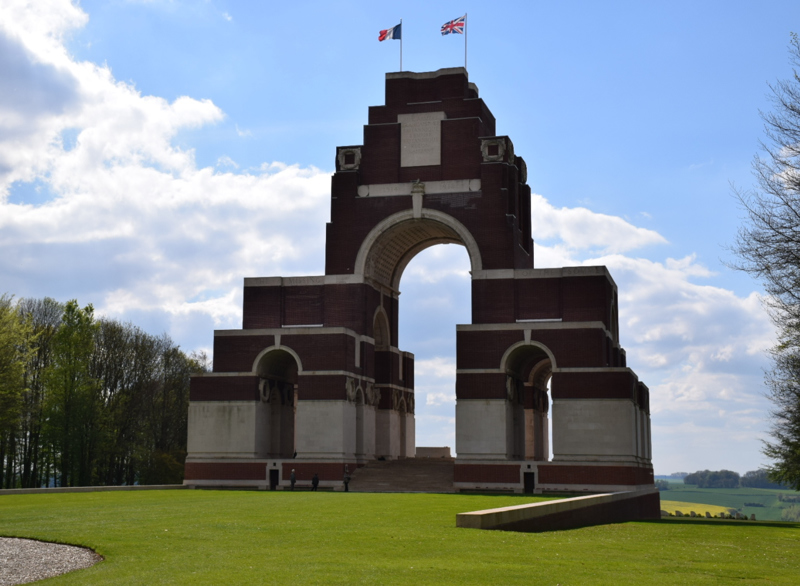
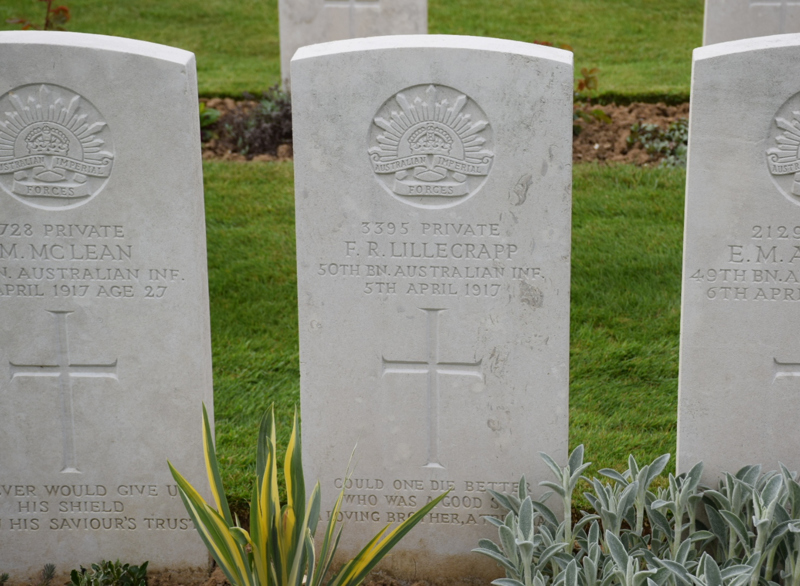
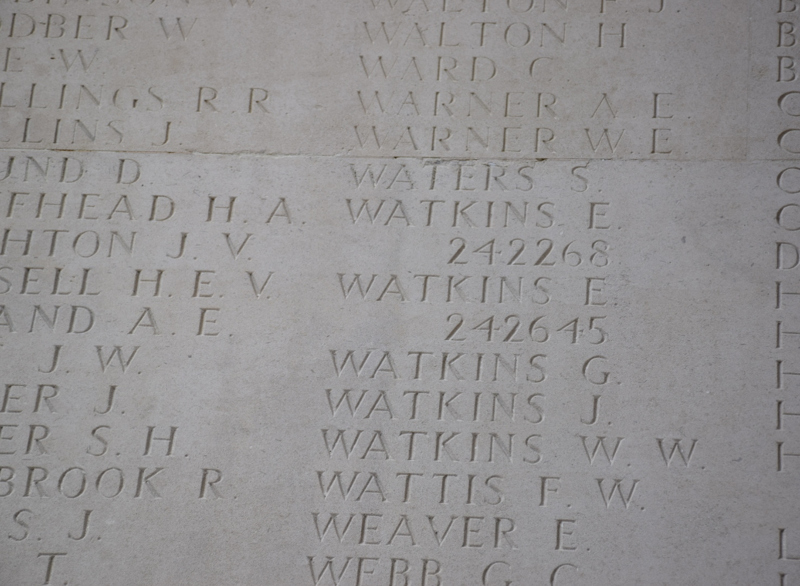
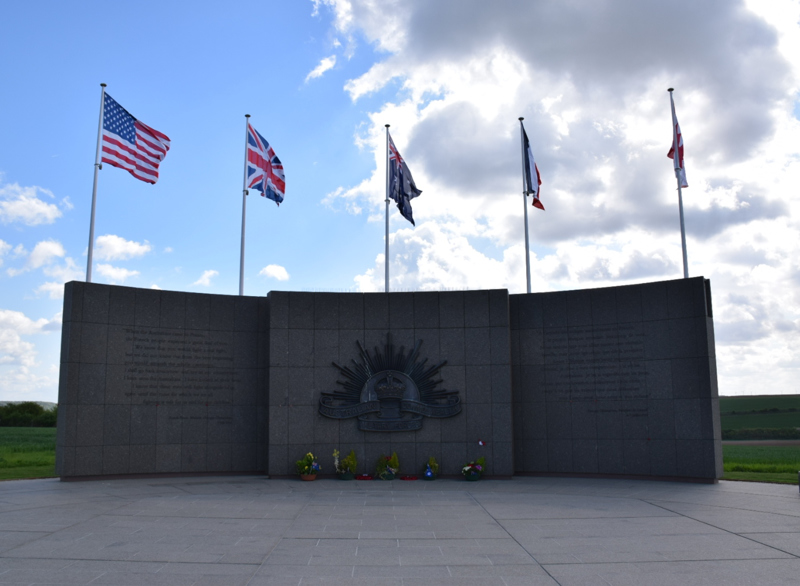
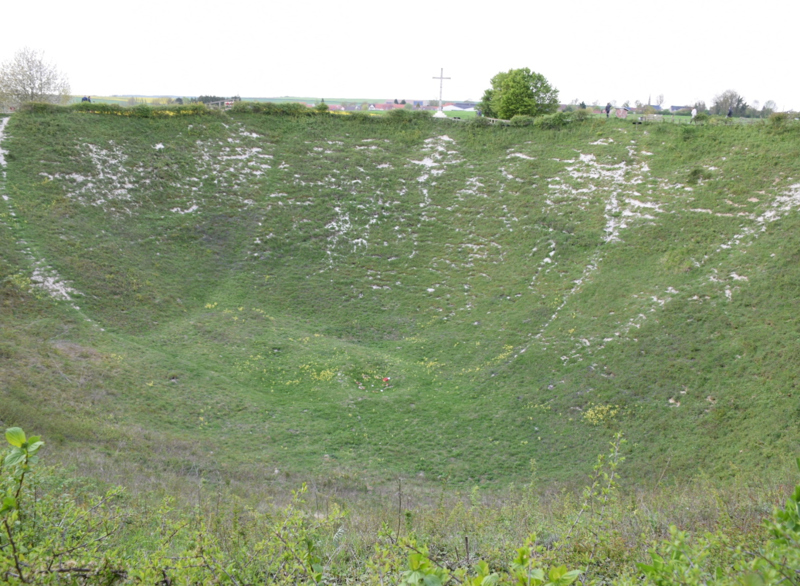
Laurence not only organised the trip to meet David and Regine, but came with us as well. She has really helped us learn about and enjoy this historic area. Not sure how well we would have gone trying to work out how and in what order to see everything ourselves!
We finished off our WW1 sojourn the next day after leaving Hamelet by visiting the Le Hamel Australian Memorial. This was the place where the Australians, led by General Monash, had a major victory which became the blueprint for future battles.
As we left the area we kept seeing memorials and c emetaryemetaries for hours.
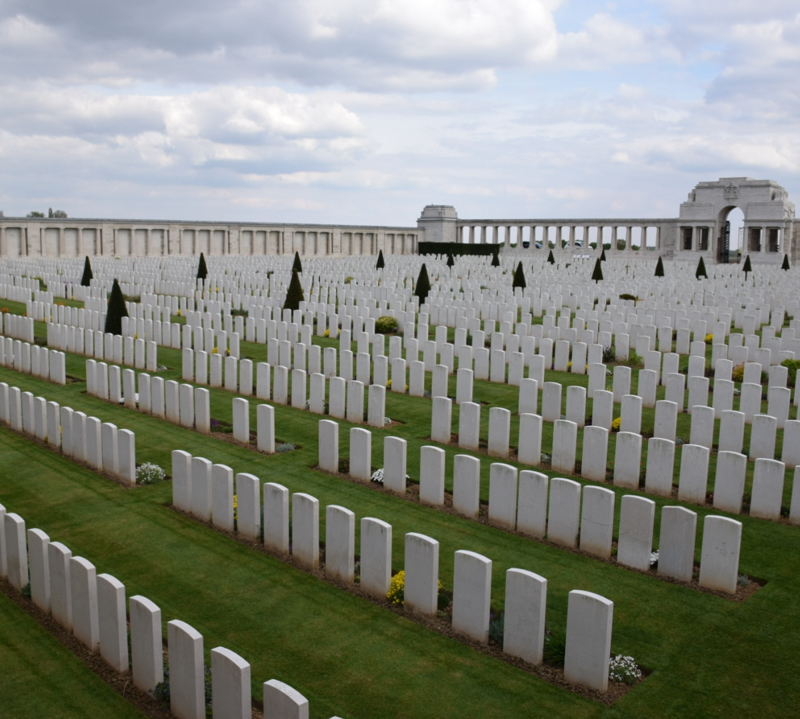
1.
Chapter one - Paris
2.
Chapter 2- Paris
3.
Chapter 3 -Paris
4.
Chapter 4 - On the Road!
5.
Chapter 5 - The Dawn Service
6.
Chapter 6 -Amiens
7.
Chapter 7 -Some WW1 battlefields
8.
Chapter 8 - Reims
9.
Chapter 9 - The Vosges
10.
Chapter 10 - Vosges to Strasbourg
11.
Chapter 11 - Germany
12.
Chapter 12 - Still in Germany
13.
Chapter 13 - Germany (with a bit of Austria)
14.
Chapter 14 - Austria
15.
Chapter 15 - Switzerland
16.
Chapter 16 - Italy
17.
Chapter 17 - Back in France!
Share your travel adventures like this!
Create your own travel blog in one step
Share with friends and family to follow your journey
Easy set up, no technical knowledge needed and unlimited storage!